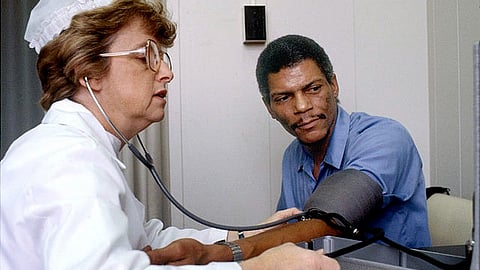"Our results provide evidence-based guidance about which modifiable aspects of hospital nursing are likely to improve patient experience ratings," said Kathleen E. Fitzpatrick Rosenbaum, PhD, RN, CCRN, of Yale University.
How do nursing factors affect HCAHPS scores?
The researchers analyzed Hospital Consumer Assessment of Healthcare Providers and Systems (HCAHPS) scores for 540 hospitals in four states (California, Florida, New Jersey, and Pennsylvania) for the year 2016. Developed by the US Centers for Medicare & Medicaid Services, the HCAHPS survey assesses patient experiences of hospital care, intending to determine the extent of patient-centered care.
Because patient experience ratings affect Medicare reimbursement levels, "hospital executives are motivated to identify levers for improving HCAHPS scores," the researchers write. However, there is "minimal evidence" about what organizational strategies hospitals can follow to improve their HCAHPS ratings. Research has shown that organizational resources related to nursing care are associated with better patient outcomes.
Using data on a wide range of hospital characteristics, the study focused on the relationships between HCAHPS ratings and four categories of hospital nursing resources:
Education – percentage of nurses with a bachelor's degree or higher
Skill mix – proportion of registered nurses to total nursing staff
Staffing – patient-to-nurse ratio
Work environment – nurse ratings of the quality of their work environment percentage
'Evidence-based guidance' on nursing resources to improve patient experience
The average "top box" (overall) HCAHPS rating was 68%. Scores ranged from about 76% for hospitals in the highest HCAHPS category to 60% in the lowest category. Large, non-teaching hospitals with high technology capabilities tended to have the highest HCAHPS scores.


